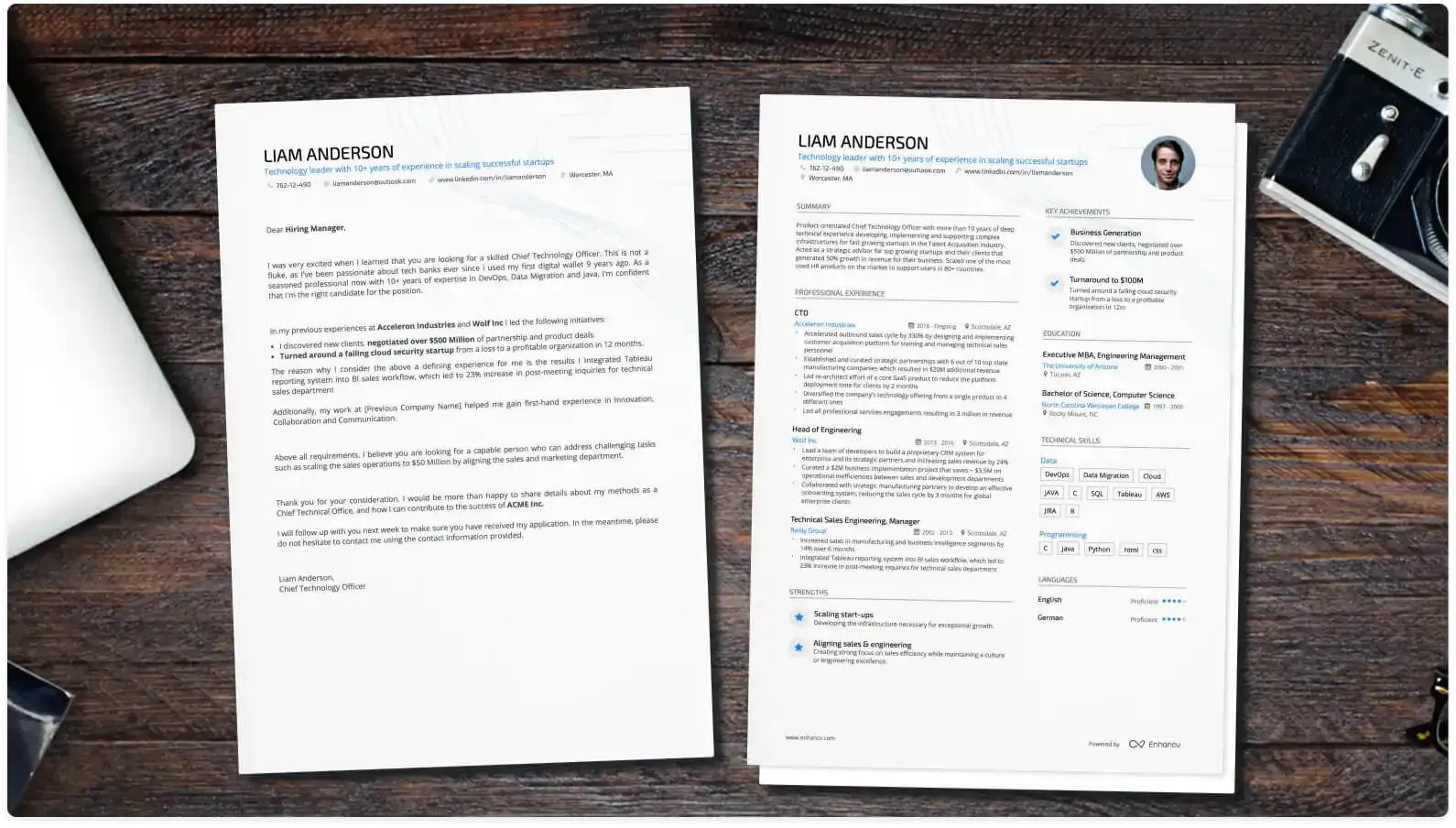Navigating the job market can feel like traversing a maze, especially when it comes to understanding the different documents needed for applications. The terms CV, resume, and cover letter are often used interchangeably, leading to confusion and potential missteps in your job search. This article clarifies the distinctions between these crucial documents, providing you with the knowledge to use each effectively and increase your chances of landing your dream job. Understanding these differences is a fundamental first step in crafting a successful application.
What is a CV
A Curriculum Vitae (CV), often simply referred to as a CV, is a comprehensive document that outlines your entire academic and professional history. It’s a detailed account of your qualifications, experiences, and accomplishments. Think of it as a complete record of your career journey, from your earliest academic achievements to your most recent professional roles. In essence, a CV provides a complete and exhaustive overview of your skills and experiences, often used in academia, research, and international job applications where a detailed record is essential.
The Purpose and Content of a CV
The primary purpose of a CV is to provide a comprehensive overview of your entire professional and academic background. It serves as a detailed record of your accomplishments, including education, research experience, publications, teaching experience, grants, awards, and any other relevant achievements. It is expected to be exhaustive, including all relevant details. The content includes detailed information about education (degrees, institutions, dates), work experience (job titles, responsibilities, achievements, dates), publications, presentations, grants, honors, and professional affiliations. A well-structured CV allows potential employers to quickly assess your qualifications and suitability for a position.
How a CV Differs from a Resume
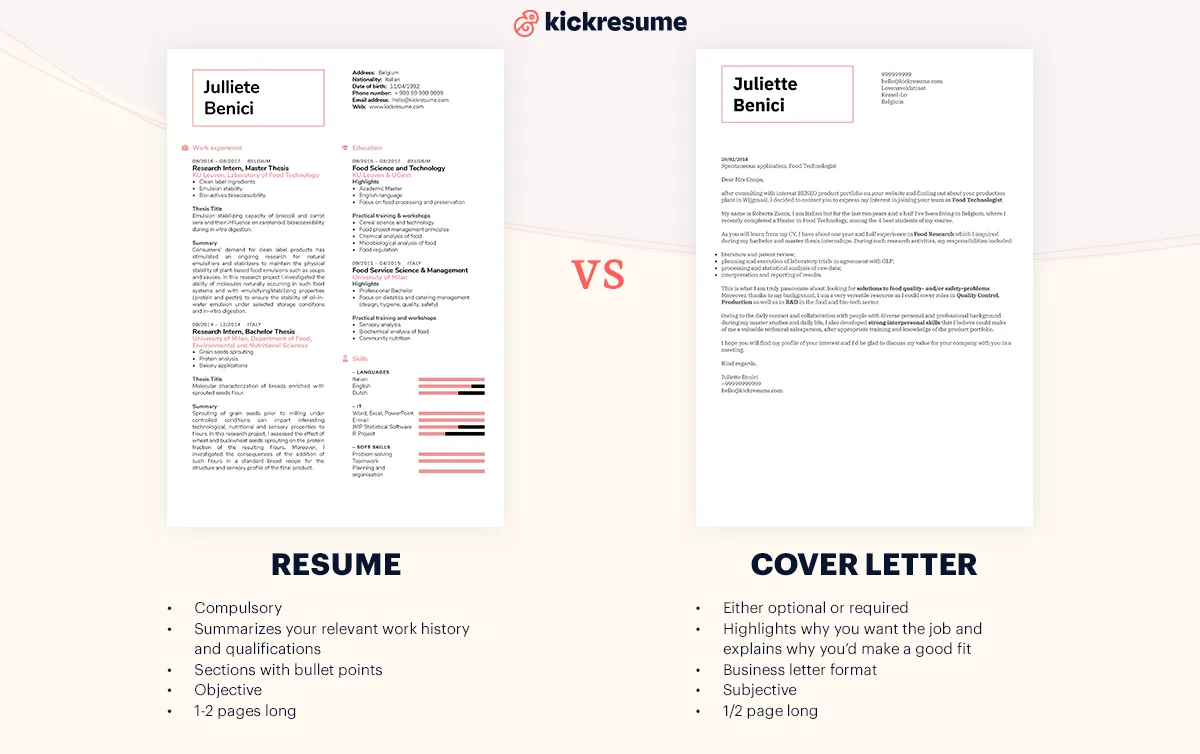
The key difference between a CV and a resume lies in their scope and purpose. A CV is a detailed document, often several pages long, that provides a comprehensive account of your entire academic and professional history. A resume, on the other hand, is a concise summary of your skills, experience, and qualifications, typically limited to one or two pages. Resumes are tailored to specific job applications, highlighting the most relevant information for the position. CVs, in contrast, remain largely unchanged for different applications, serving as a comprehensive record of your entire career trajectory. The level of detail is also significantly different; a CV provides extensive detail on each experience, while a resume offers a brief overview.
CV Length and Structure
CVs typically do not have a set length, but they tend to be longer than resumes, often ranging from two to several pages, depending on your experience. The structure of a CV is designed to present a detailed overview of your qualifications, therefore, the structure often follows this order; Contact information, a personal profile or objective (optional), education (listed chronologically), work experience (listed chronologically), publications, presentations, awards and honors, professional affiliations, and any other relevant sections. The formatting should be clear, concise, and easy to read, with clear headings and bullet points to organize information.
When to Use a CV
A CV is most commonly used for academic positions, research roles, and international job applications. In academia, a CV is essential as it provides a comprehensive record of your scholarly achievements, including publications, research grants, and teaching experience. When applying for jobs outside of the United States, particularly in Europe, the Middle East, Africa, and Asia, a CV is often the standard document. Additionally, CVs are often required for government jobs, high-level executive positions, and positions in the medical field.
What is a Resume
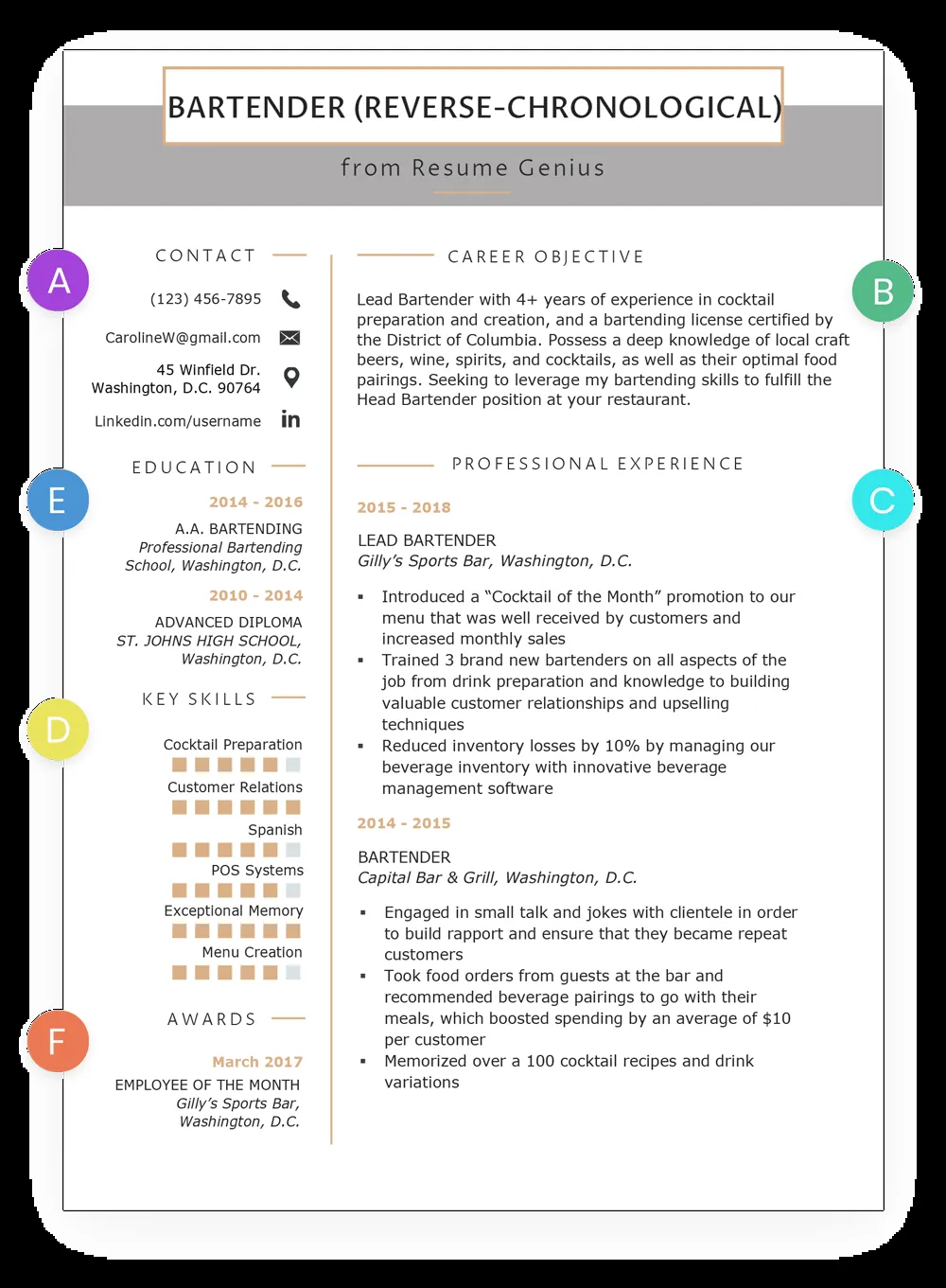
A resume is a concise document that summarizes your skills, experience, and qualifications for a specific job. Unlike a CV, which provides a comprehensive overview of your entire career, a resume is targeted towards a particular position. It highlights the most relevant information to make you stand out to potential employers. The goal is to quickly showcase your suitability for the role by emphasizing the skills and experiences that align with the job requirements. Think of it as a marketing tool designed to get you an interview.
The Purpose and Content of a Resume
The primary purpose of a resume is to secure an interview by highlighting your most relevant skills and experiences. The content should be tailored to the specific job you are applying for, emphasizing the qualifications that match the job description. A typical resume includes a brief summary or objective, your contact information, a skills section, a work experience section (usually listing your job titles, responsibilities, and accomplishments), and an education section. Resumes should also include measurable achievements and quantifiable results to demonstrate your value to the employer. A well-crafted resume uses keywords from the job description to pass applicant tracking systems (ATS) and capture the hiring manager’s attention.
How a Resume Differs from a CV
As mentioned previously, the most significant difference between a resume and a CV lies in their scope and purpose. A resume is a brief, targeted document designed to showcase your suitability for a specific job. It is typically limited to one or two pages and tailored to the specific requirements of each position. A CV, on the other hand, is a comprehensive overview of your entire career, including a detailed account of all your experiences, publications, and achievements. A resume prioritizes relevance, focusing on the skills and experiences that are most pertinent to the job, while a CV emphasizes completeness.
Resume Length and Structure
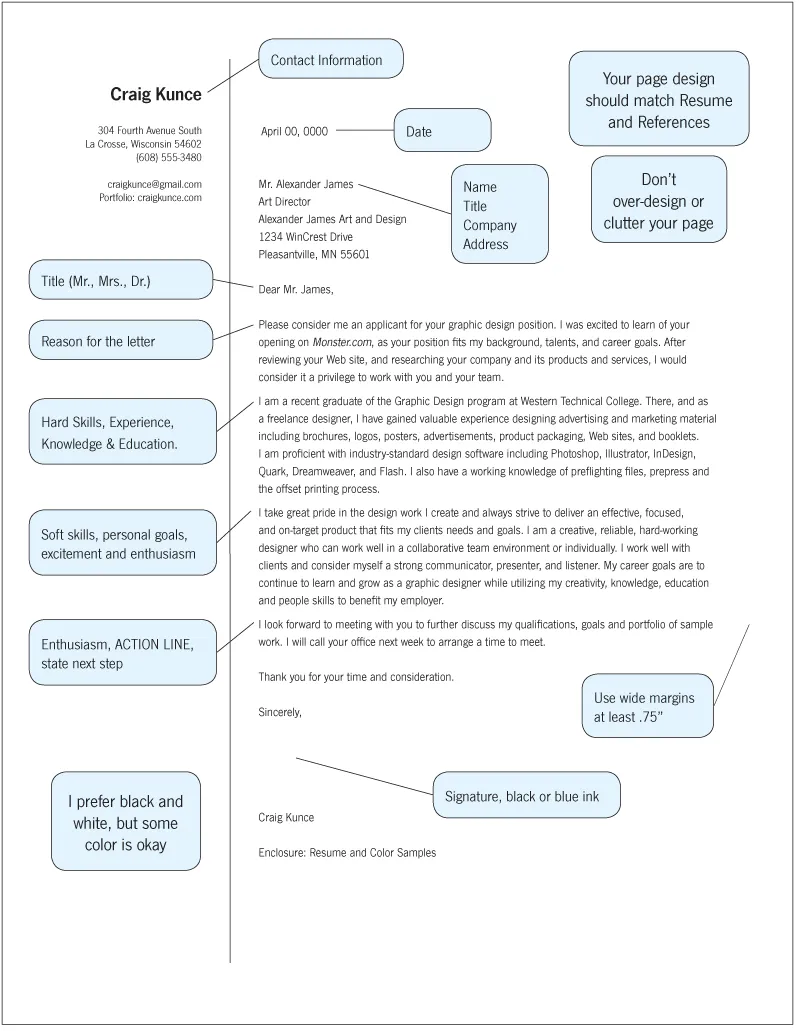
Resumes are typically one to two pages long, depending on your experience level. Recent graduates or those with limited experience can often fit all the necessary information onto a single page. Those with more extensive experience might need two pages. Common resume structures include a reverse-chronological format (listing your most recent experience first), a functional format (emphasizing skills over work history), and a combination format (combining elements of both). A well-structured resume should include contact information, a summary or objective (optional), a skills section, a work experience section, and an education section. Ensure the formatting is clean, professional, and easy to read.
When to Use a Resume
Resumes are the standard document for job applications in the United States and Canada. They are used in most industries and for a wide range of positions. Tailor your resume to each job application, emphasizing the skills and experiences that match the job description. It is the document recruiters and hiring managers expect to see when reviewing applications for most positions. This ensures that you’re presenting the most relevant information and increasing your chances of getting an interview.
What is a Cover Letter
A cover letter is a one-page document that introduces you to a potential employer and explains why you are a good fit for the job. It accompanies your resume and provides an opportunity to elaborate on your skills, experiences, and motivations for applying. The cover letter is your chance to showcase your personality, express your enthusiasm for the position, and demonstrate your understanding of the company. It helps you create a first impression and makes a strong case for your candidacy.
The Purpose and Content of a Cover Letter
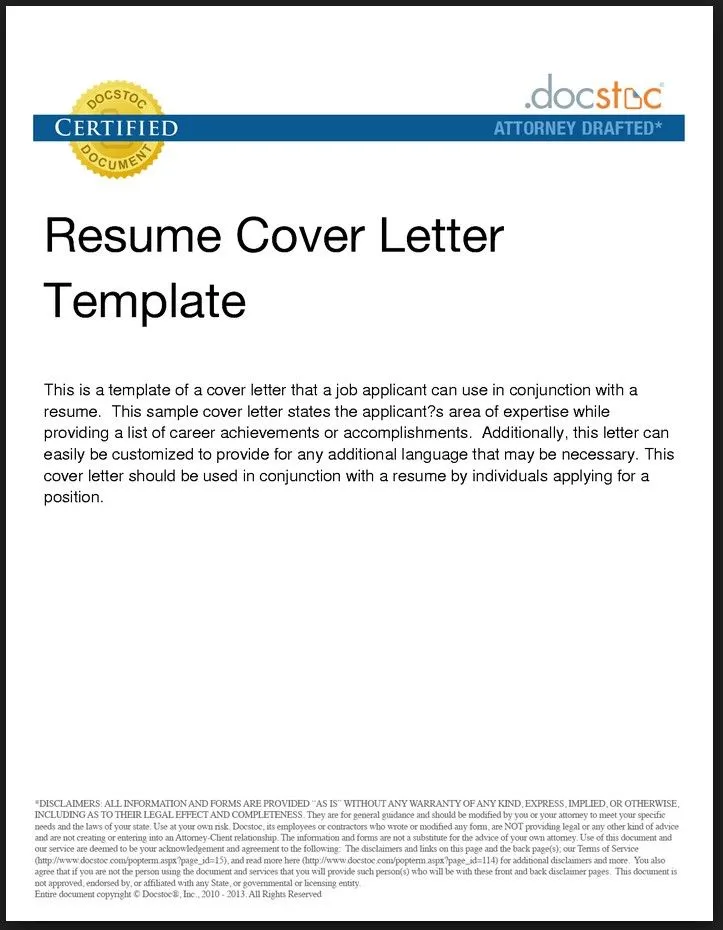
The primary purpose of a cover letter is to introduce yourself to the employer, express your interest in the position, and highlight your relevant skills and experiences. The content of your cover letter should be tailored to the specific job and company. Common elements include a professional greeting, an introduction that states the position you are applying for, a brief overview of your qualifications, examples of your relevant skills and experiences, an explanation of why you are interested in the company, and a call to action (e.g., requesting an interview). It demonstrates your understanding of the company’s needs and explains how you can contribute to its success.
How a Cover Letter Differs from a CV and Resume
Unlike a resume or CV, a cover letter is a personalized document that allows you to express your enthusiasm for the job and company. While a resume and CV focus on listing your skills and experiences, a cover letter allows you to explain your qualifications in more detail. The cover letter should complement your resume by providing context and highlighting key achievements. It is a narrative that shows why you are the perfect candidate. A cover letter offers an opportunity to demonstrate your writing skills and express your personality, something a resume or CV does not.
Cover Letter Length and Structure
Cover letters are typically one page long, with a standard business letter format. This includes a header with your contact information and the employer’s contact information, a professional greeting, an introductory paragraph, a body that explains your qualifications and interest in the company, a concluding paragraph that thanks the employer for their time and expresses your interest in an interview, and a professional closing. Ensure that the tone is professional, enthusiastic, and reflects your understanding of the company and the position.
When to Use a Cover Letter
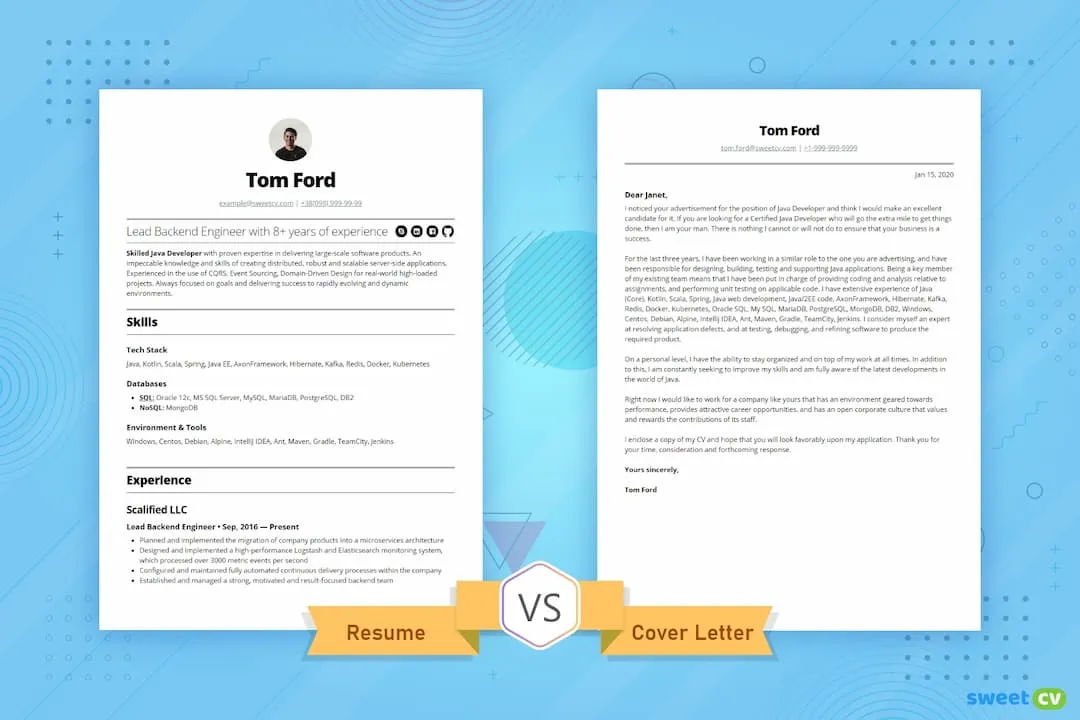
A cover letter is typically required or highly recommended for most job applications. It is especially important when applying for positions where you want to emphasize your interest in the company or when the job description specifically requests a cover letter. It is a standard practice in many industries, and not including one can be seen as a lack of attention to detail. Always submit a cover letter unless the job posting explicitly states not to include one.
Key Differences Summarized CV vs Resume vs Cover Letter
Here’s a quick overview of the key differences to help you choose the right document; CVs are comprehensive records of your academic and professional history, used primarily for academic, research, and international job applications. Resumes are concise summaries of your skills and experience, tailored to a specific job, and are the standard document in the United States and Canada. Cover letters introduce you to the employer, express your interest in the position, and provide context to your qualifications, they are usually used along with a resume. Understanding these differences will enable you to present your qualifications effectively.
- CV: Comprehensive, detailed, used in academia and internationally.
- Resume: Concise, targeted, used in the US and Canada.
- Cover Letter: Personalized, explanatory, accompanies resume.
Best Practices for Each Document
To maximize your chances of success, follow best practices for each document. For CVs, ensure that your information is well-organized, up-to-date, and presented clearly. For resumes, tailor each one to the specific job, highlight relevant skills and experiences, and use keywords from the job description. For cover letters, personalize each one, express your enthusiasm, and highlight how your skills match the job requirements. Proofread all documents carefully before submitting them to eliminate any errors.
Tips for Writing a Compelling CV
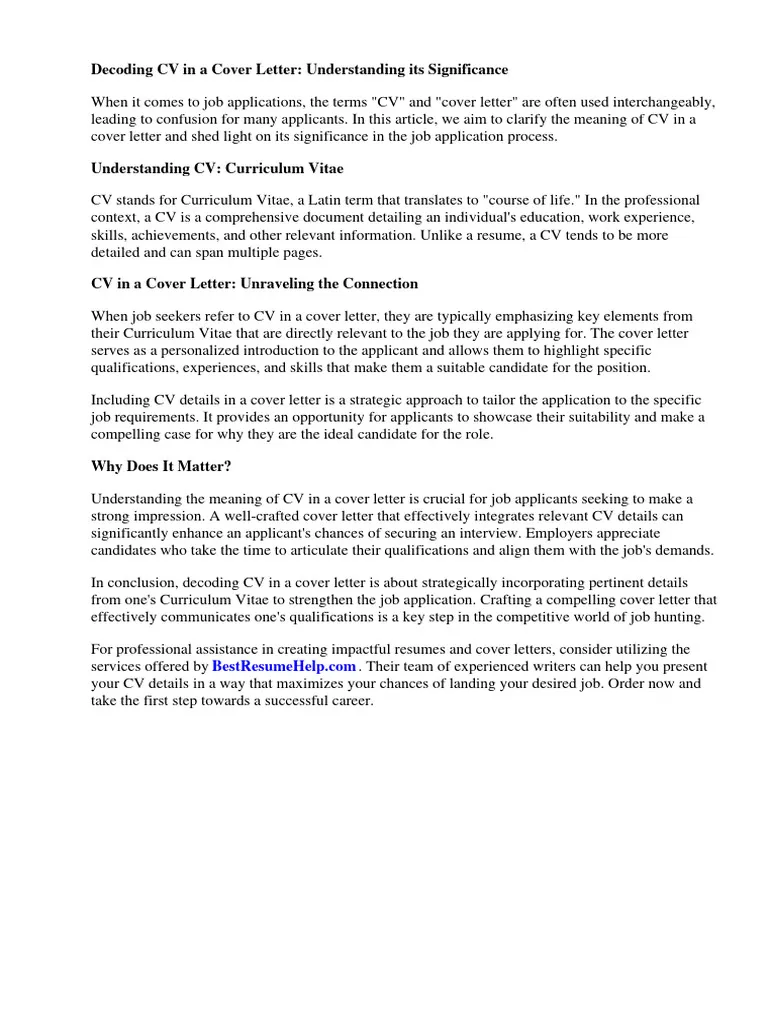
When crafting your CV, focus on presenting a clear and detailed account of your academic and professional history. Organize your information logically, using clear headings and subheadings to guide the reader. Include all relevant information, such as education, work experience, publications, presentations, and any other accomplishments. Use action verbs to describe your accomplishments. Always proofread your CV for errors and ensure it is up-to-date and accurate. Tailor your CV to highlight the most relevant skills and experiences for the specific position. Ask a colleague or career advisor to review your CV for feedback.
Tips for Writing a Compelling Resume
To create a compelling resume, start by tailoring it to the specific job description. Highlight the skills and experiences that align with the job requirements. Use action verbs to describe your accomplishments and quantify your achievements whenever possible. Keep your resume concise and easy to read, using clear formatting and bullet points. Proofread your resume carefully for any errors. Include a summary or objective section to capture the hiring manager’s attention. Consider using keywords from the job description to pass through applicant tracking systems. Ensure that your resume is well-organized and visually appealing.
Tips for Writing a Compelling Cover Letter
A strong cover letter can make a lasting impression. Start by addressing the hiring manager by name, if possible. Express your enthusiasm for the position and the company. Highlight your relevant skills and experiences, providing specific examples to support your claims. Explain why you are interested in the company and how your skills and experiences align with their needs. Keep your tone professional and enthusiastic. Proofread your cover letter carefully for any errors. Tailor each cover letter to the specific job and company, avoiding generic templates. End with a call to action, such as requesting an interview.
Choosing the Right Document for the Job Application
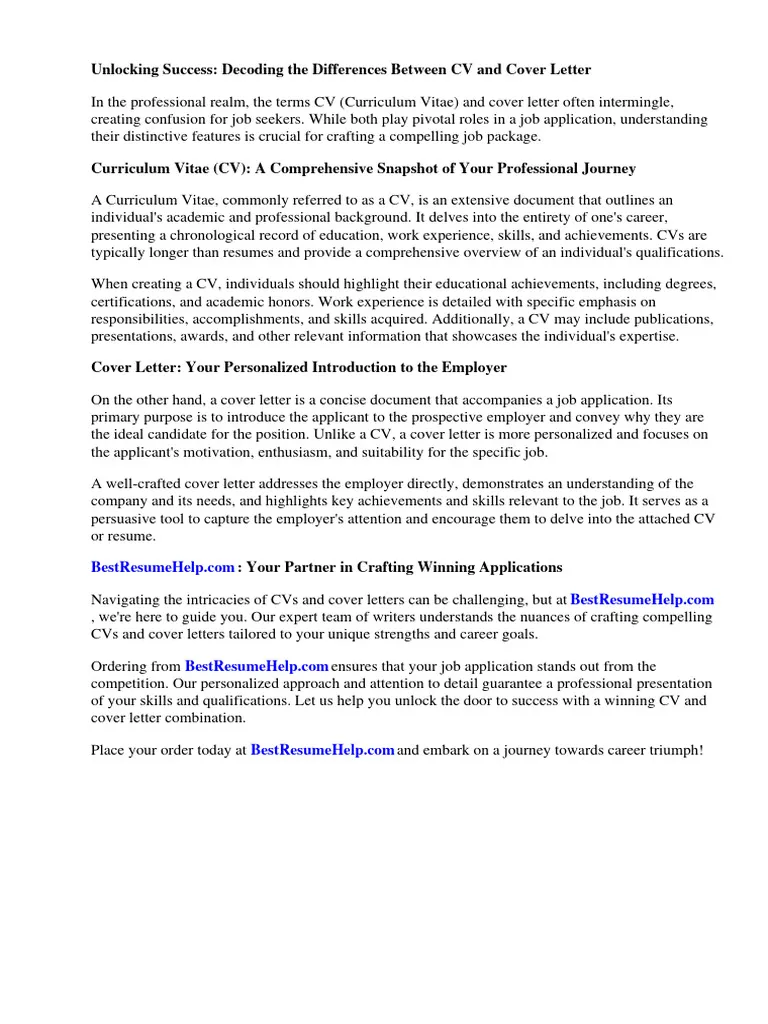
Choosing the right document depends on the type of job and the location. When applying for academic positions, research roles, or jobs outside of the United States, a CV is usually required. For most jobs in the United States and Canada, a resume is the standard document. Always tailor your resume to the specific job description, emphasizing relevant skills and experiences. A cover letter is generally recommended or required for most job applications and should be personalized for each position. When in doubt, review the job posting carefully to see what documents are requested. Following these guidelines will significantly improve your chances of success.
By understanding the differences between a CV, resume, and cover letter, you can significantly improve your job search efforts. Use these documents strategically to showcase your skills and experiences and increase your chances of landing the job. Remember to tailor each document to the specific job and company, and always proofread carefully. Good luck with your job search!
